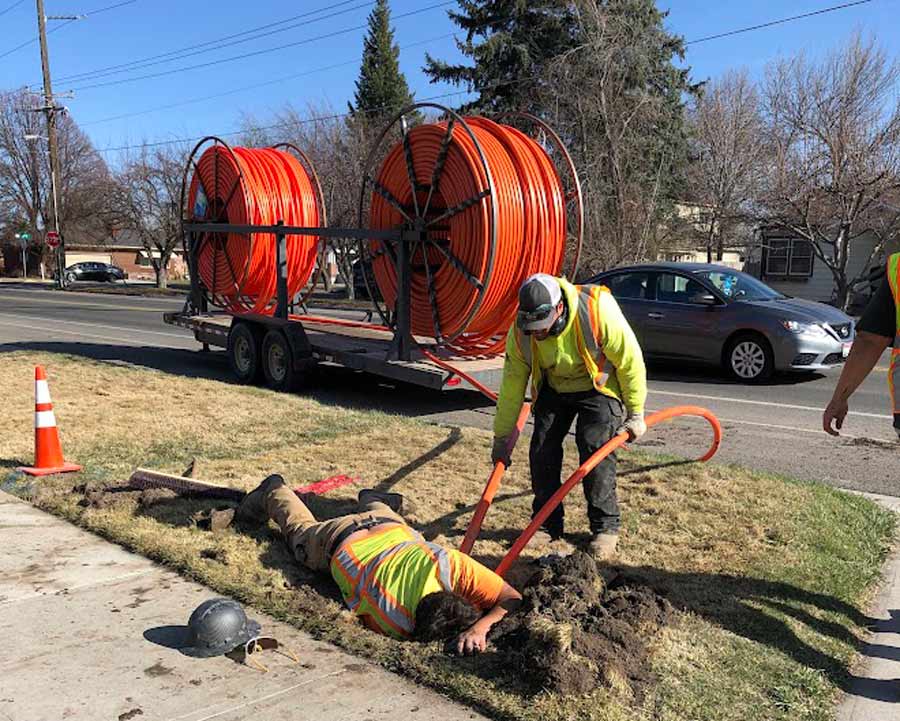Fiber optic ring networks are increasingly being utilized in various industries due to their reliable and high-performance communication capabilities. These networks are made up of multiple fiber optic cables that create a loop, allowing data to travel in two directions and ensuring redundancy to prevent any communication downtime.

One of the key components of a fiber optic ring network is the switch, as it provides the necessary connectivity for all the devices in the network. In this blog post, we will discuss whether it is possible to use the 1 x SFP port for Single Mode Fiber and the other SFP port for Multi Mode Fiber to complete a fiber optic ring network.
To answer this question, we must first understand the differences between Single Mode Fiber (SMF) and Multi Mode Fiber (MMF). SMF is primarily used for long-distance communication, while MMF is used for shorter distances, such as within buildings or campuses. The key difference between the two types of fiber is the size of their core – MMF has a larger core than SMF, which allows it to carry more data over shorter distances.
Now, as for the question at hand – can we use both SMF and MMF on the same switch to create a fiber optic ring network? The short answer is yes, you can. Most fiber optic switches nowadays come equipped with multiple SFP ports that can support both SMF and MMF.
For example, the Hirschmann fiber switch model RSPS-Smart comes with two SFP ports that can be used for either SMF or MMF. This means that you can connect devices using either type of fiber to the same switch, allowing for greater network flexibility.
To create a fiber optic ring network using both SMF and MMF, all you need to do is connect each device to the appropriate type of fiber, and then connect the fibers to the matching SFP ports on the switch. The switch will then automatically detect which type of fiber is being used and adjust the communication accordingly.
Using both SMF and MMF on the same switch can be particularly useful for larger networks, where some devices may be located far apart (requiring SMF) while others are closer together (requiring MMF). It also allows for greater flexibility when expanding the network, as you can easily add new devices using either type of fiber.
In conclusion, the use of both SMF and MMF on the same switch is possible and can be a great way to create a flexible and reliable fiber optic ring network. If you are planning to implement such a network, be sure to choose a switch that supports both types of fiber, such as the Hirschmann fiber switch model RSPS-Smart, and consult with an expert if you are unsure about the specifics of the installation. And remember, when creating content about fiber optic networks, don't forget to include the relevant keywords such as "Multi Mode Fiber" and "Single Mode Fiber" to optimize your blog for SEO.